Unveiling the Secrets of Mushroom Rocks: Comprehensive Detection Guide
1. Overview of Mushroom Rocks
Mushroom rocks, also known as pedestal rocks, are fascinating geological formations shaped by wind, water, and time. Their distinct "stem and cap" appearance has captivated geologists and nature enthusiasts alike. This article delves into the scientific methods for detecting and analyzing these natural wonders, providing insights into their composition, formation processes, and environmental significance.
2. Sampling Techniques for Mushroom Rocks
Sampling mushroom rocks requires precision to avoid damaging these delicate formations. Experts typically use non-invasive methods such as photogrammetry and laser scanning to capture structural details. When physical samples are required, small fragments from inconspicuous areas are collected under strict environmental guidelines, ensuring the preservation of the rock's integrity and the surrounding ecosystem.
3. Key Detection Parameters
The detection of mushroom rocks involves analyzing various parameters, including:
- Mineral Composition: Identifying the primary minerals using advanced spectroscopic methods.
- Erosion Patterns: Studying wind and water erosion to understand formation processes.
- Structural Stability: Evaluating the rock's resilience to environmental factors.
- Geological Age: Dating the rock to determine its history and evolution.
4. Instruments Used in Mushroom Rock Detection
Modern detection of mushroom rocks relies on advanced scientific instruments, including:
- X-ray Diffraction (XRD): For identifying mineral phases.
- Scanning Electron Microscopy (SEM): For high-resolution imaging of rock surfaces.
- Ground Penetrating Radar (GPR): To analyze subsurface structures.
- Portable Spectrometers: For on-site compositional analysis.
5. Detection Methods and Procedures
Detecting and analyzing mushroom rocks involves a series of systematic procedures:
- Field Survey: Documenting and mapping mushroom rock locations using GPS and drones.
- Sample Analysis: Utilizing lab-based techniques like thin section petrography and chemical assays.
- Data Integration: Combining geological, geophysical, and geochemical data for comprehensive analysis.
- Environmental Assessment: Studying the interaction between the rocks and their ecosystems.
Conclusion
Mushroom rocks are more than just geological curiosities; they are windows into Earth's dynamic processes. Advanced detection techniques and responsible sampling practices allow us to explore their mysteries while preserving their natural beauty for future generations. Through science, we deepen our appreciation of these natural sculptures and their role in shaping our planet’s history.

检测资质(部分)
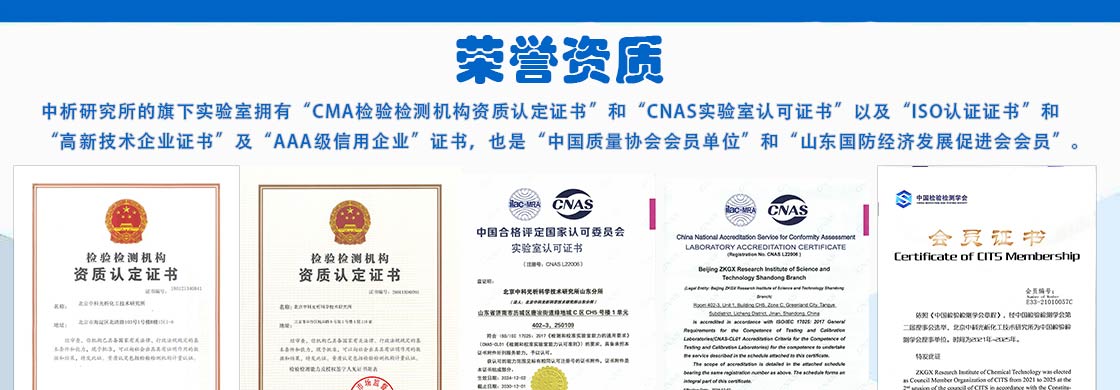
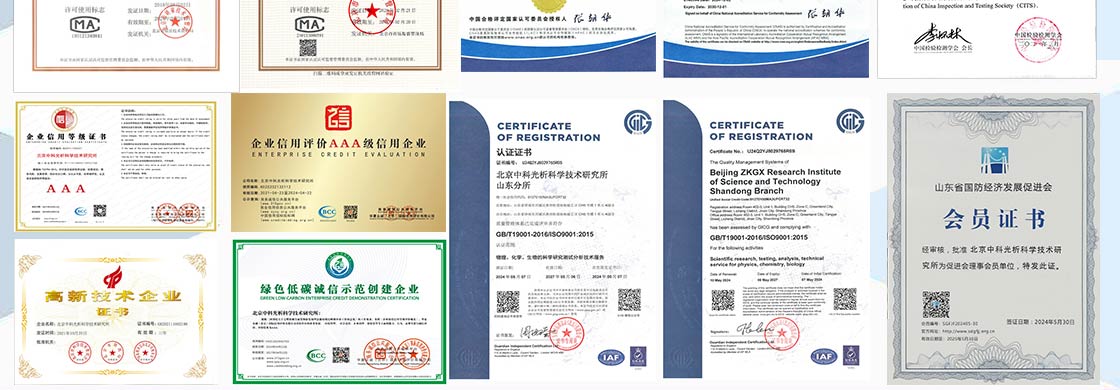

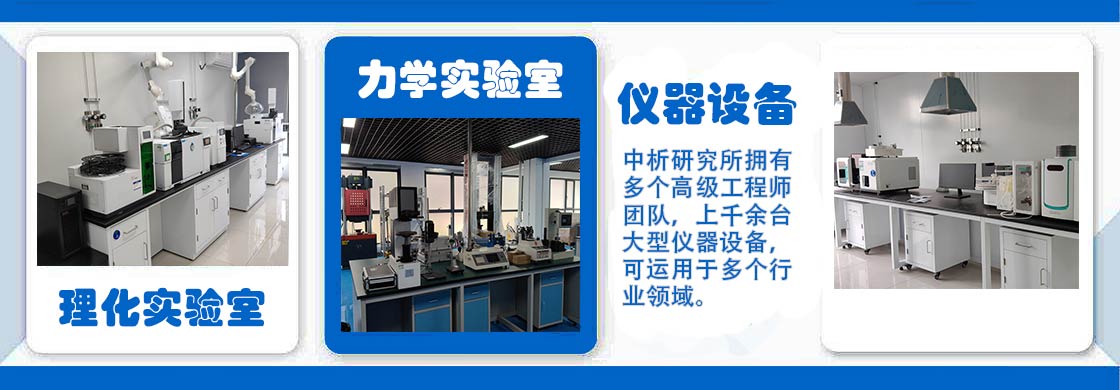
检测实验室(部分)



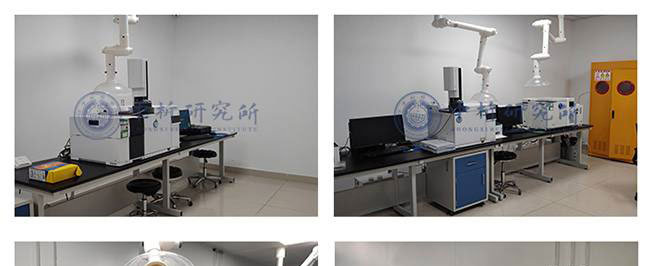
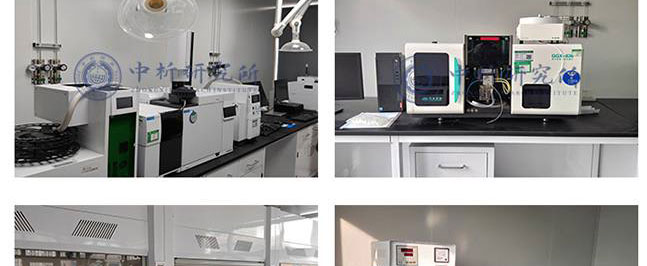
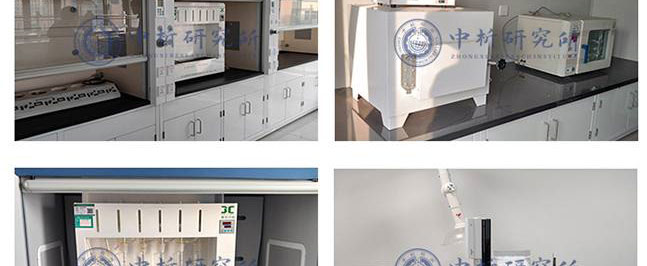
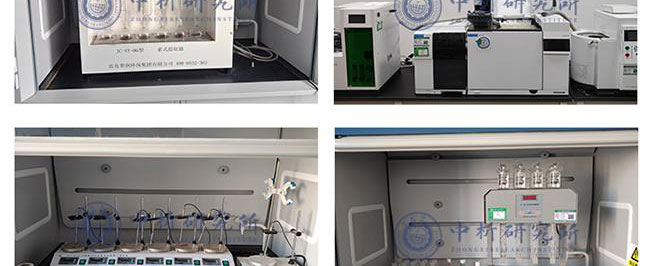
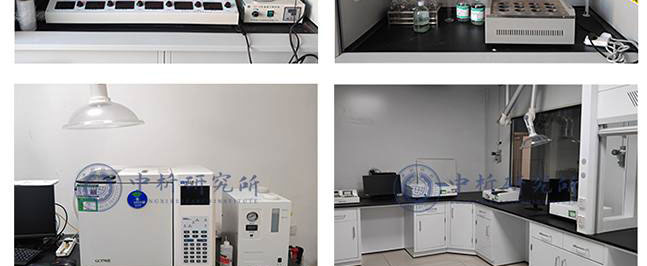
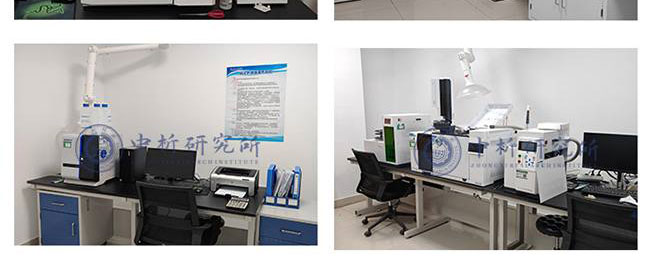
合作客户(部分)





检测报告作用
1、可以帮助生产商识别产品的潜在问题或缺陷,并及时改进生产工艺,保障产品的品质和安全性。
2、可以为生产商提供科学的数据,证明其产品符合国际、国家和地区相关标准和规定,从而增强产品的市场竞争力。
3、可以评估产品的质量和安全性,确保产品能够达到预期效果,同时减少潜在的健康和安全风险。
4、可以帮助生产商构建品牌形象,提高品牌信誉度,并促进产品的销售和市场推广。
5、可以确定性能和特性以及元素,例如力学性能、化学性质、物理性能、热学性能等,从而为产品设计、制造和使用提供参考。
6、可以评估产品是否含有有毒有害成分,以及是否符合环保要求,从而保障产品的安全性。
检测流程
1、中析研究所接受客户委托,为客户提供检测服务
2、客户可选择寄送样品或由我们的工程师进行采样,以确保样品的准确性和可靠性。
3、我们的工程师会对样品进行初步评估,并提供报价,以便客户了解检测成本。
4、双方将就检测项目进行详细沟通,并签署保密协议,以保证客户信息的保密性。在此基础上,我们将进行测试试验.
5、在检测过程中,我们将与客户进行密切沟通,以便随时调整测试方案,确保测试进度。
6、试验测试通常在7-15个工作日内完成,具体时间根据样品的类型和数量而定。
7、出具检测样品报告,以便客户了解测试结果和检测数据,为客户提供有力的支持和帮助。
以上为Unveiling the Secrets of Mushroom Rocks: Comprehensive Detection Guide的检测内容,如需更多内容以及服务请联系在线工程师。
